Mauritius, located in the Indian Ocean, is not merely a place of blue oceans and tropical beaches. It has a plethora of history and culture, which is evident in the numerous monuments of the island. The monuments in Mauritius include colonial buildings, memorial statues, places of worship, shrines, and memorials. All these monuments of Mauritius represent a history and a multicultural identity. If you enjoy history or if you are an interested traveller, these sites give you a part of the Mauritius dialogue beyond its treasures of nature.
Top 11 Monuments In Mauritius
From the famed Aapravasi Ghat to the splendid Citadel Fort, here is the list of the most stunning monuments in Mauritius.
1. Aapravasi Ghat
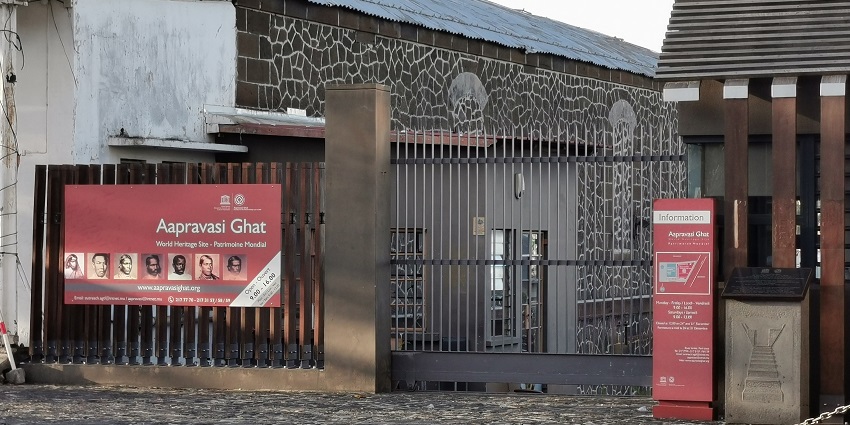
Photo: Z thomas / Wikimedia Commons
Aapravasi Ghat is one of the country’s most significant historical landmarks and is located in Port Louis. Aapravasi Ghat is a UNESCO World Heritage Site and was the immigration depot that accepted indentured labourers from India between 1834 and 1920, following the emancipation of slaves. Over half a million indentured labourers crawled through the gates to labour on sugar plantations in Mauritius and elsewhere in British colonies. The remaining stone structure, especially walls, steps, and kitchens, still reflects 19th-century architecture and is a strong representation of migration and resilience.
Timings: 9 AM – 4 PM (Monday to Saturday)
Suggested Read: A Comprehensive Guide To Port Mathurin
2. Martello Tower
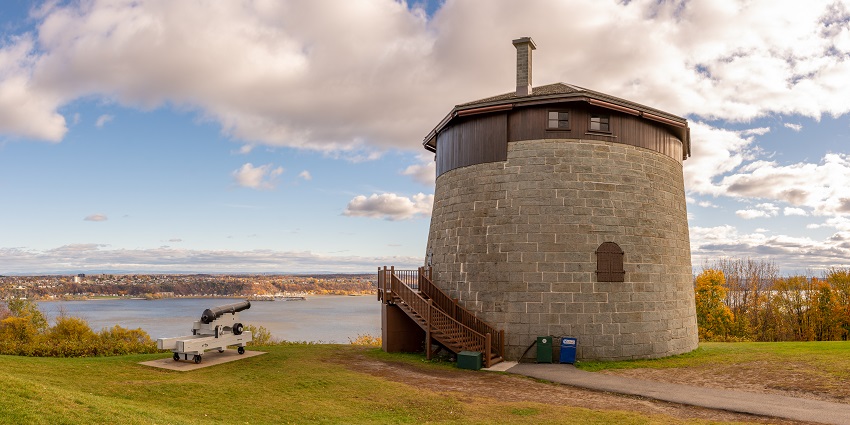
Photo: Wilfredo Rafael Rodriguez Hernandez / Wikimedia Commons
The Martello Tower in Mauritius is a historical fort built in La Preneuse, Black River. It was constructed by the British in the 1830s as a defence against naval invasion, especially from the French. The Martello Tower was built from basalt rock, is circular in design with a heavy wall, and has a rooftop cannon platform, a considerably different construction method and building design than our historical sites and museums. The tower now serves as a museum, exhibiting items like cannons, muskets, and historic uniforms, and the entry fee to the tower is ₹100.
Entry Fees: ₹90
Timings: 9 AM – 5 PM
3. Citadel Fort Adelaide
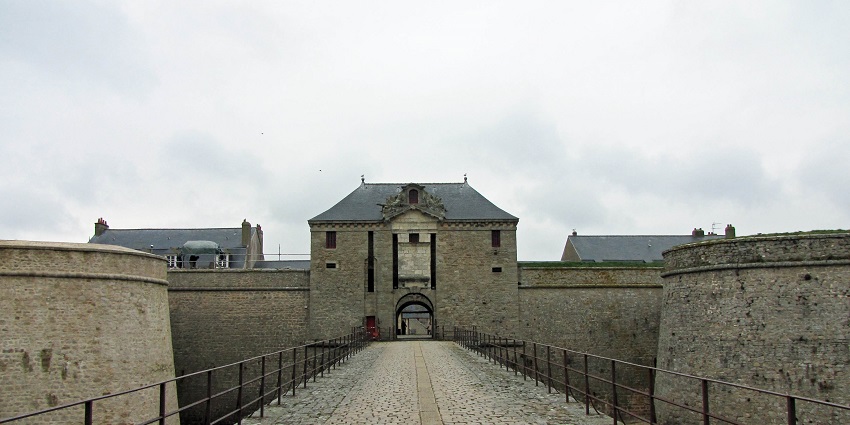
Photo: Julien1978 / Wikimedia Commons
The Citadel Fort Adelaide, also known as La Citadelle, is one of the most recognised heritage sites in Mauritius. The British built this hilltop fortress in 1835. Strategically placed, it was built to protect the island from any invasion. The fort is located in the capital, Port Louis, on top of a hill with views of the harbour. The fort has thick stone walls, cannons, and underground tunnels. Citadel Fort Adelaide stands as a well-preserved symbol of Mauritius’s colonial past and is an essential stop in your tour of monuments in Mauritius, as it encompasses a beautiful sunset and views of Port Louis.
Timings: 8 AM – 5 PM
Suggested Read: Things To Do In Mauritius To Explore This Tropical Heaven
4. International Slave Route Monument
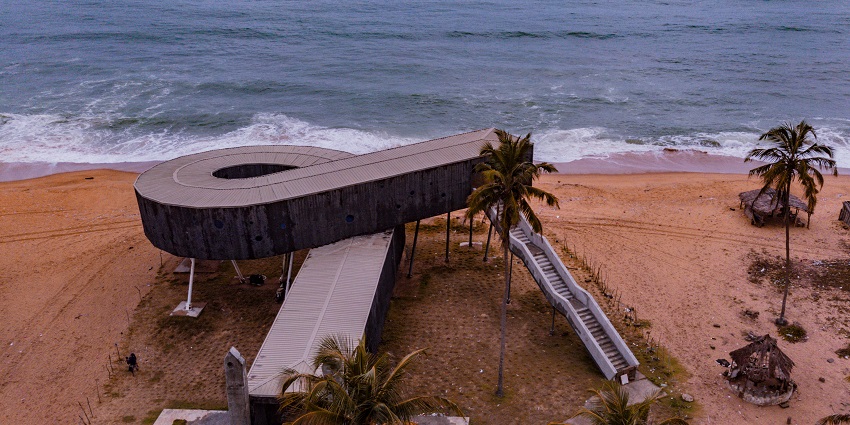
Photo: Solasly / Wikimedia Commons
The International Slave Route Monument is located at Le Morne Brabant in Mauritius and recognises the hardships and the spirit of resilience of enslaved people who were brought to the island in the transatlantic slave trade. The monument opened in 2009 and is situated strategically close to Le Morne Mountain, which is a UNESCO World Heritage Site and was long connected to marooned slaves who fled there. The monument is one aspect of UNESCO’s Slave Route Project and is a powerful symbol of ongoing struggles for human rights.
Timings: 7 AM – 4 PM
5. Mauritius Postal Museum
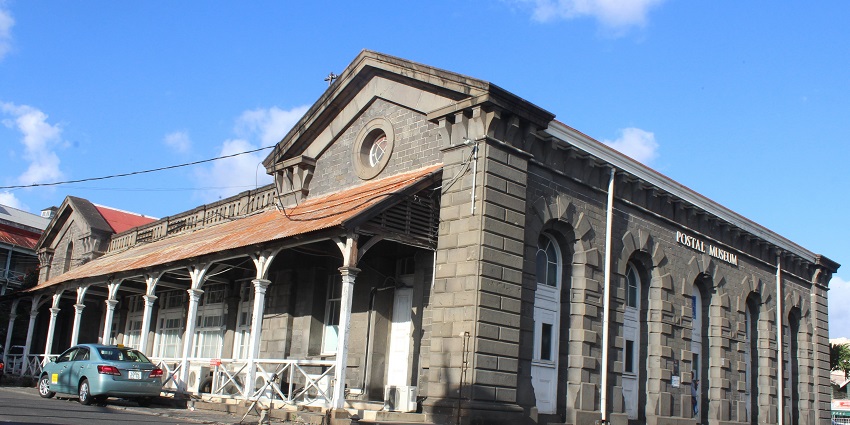
Photo: Suyash.dwivedi / Wikimedia Commons
In Port Louis, the Mauritius Postal Museum is located in the General Post Office, which was constructed from 1865 to 1870. It was declared a national monument in 1958 and is a typical homogeneous mid-Victorian structure. The museum contains excellent exhibits of the evolution of postal services in Mauritius from colonial times to the modern era. The museum has a rare collection of stamps, postal equipment, and archival documents that tell the story of communication on the island. These displays feature the classic Mauritius “Post Office” stamps, old mailboxes and the tools used by postal service workers.
Entry Fee: ₹90 – 270
Timings: 9 AM – 4:30 PM (Monday to Friday) and 9 AM – 12:45 PM (Saturdays)
Suggested Read: Best Islands To Visit In Mauritius
6. Le Morne Brabant
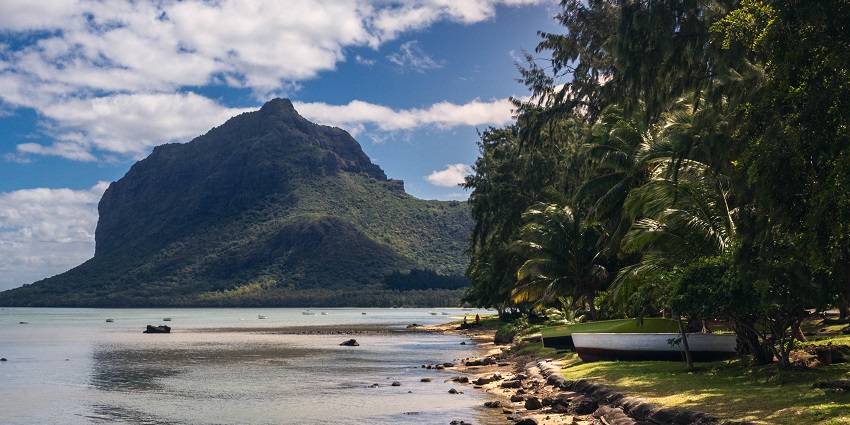
Photo: Jolaus / Wikimedia Commons
Le Morne Brabant is an outstanding mountain at the southwest tip of Mauritius, 556 metres above sea level. It has been a UNESCO World Heritage Site since 2008 and is one of the most significant monuments in Mauritius in terms of its historical and cultural importance, as it served as a refuge for runaway slaves (or maroons) during the late 18th and early 19th centuries in Mauritian history, a symbol of their resistance and struggle for freedom. The mountain’s steep precipices and exceptional biodiversity contribute to its importance as a natural landmark..
Timings: 7 AM – 4 PM
7. Albion Lighthouse

Photo: Kervinramen / Wikimedia Commons / Image For Representation Only
The Albion Lighthouse, commonly called Pointe aux Caves Lighthouse, is a historic maritime site found on the west coast of Mauritius, near the village of Albion. Constructed in 1909-1910, this 30m tall lighthouse was built to direct ships safely into Port Louis harbour. Its bold red and white stripes and eye-catching height make it a striking landmark along the coastline. It still operates today, flashing two white lights every 15 seconds, affecting 50 kilometres. Those brave enough to climb the seventy-nine steps may reach the balcony to reward themselves with stunning views of the ocean and surrounding cliffs.
Entry Fee: N/A
Timings: 9 AM – 5 PM
Suggested Read: Best Places To Visit In Mauritius For A Tropical Vacation
8. Eureka House (Maison Eureka)
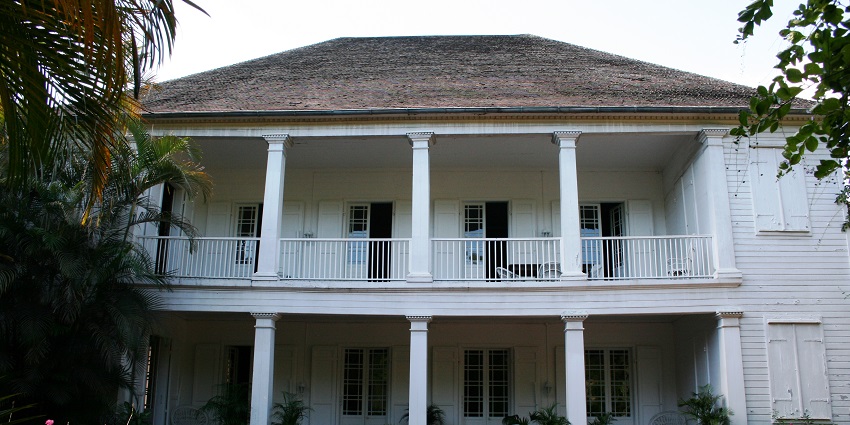
Photo: Thierry Caro / Wikimedia Commons / Image For Representation Only
Eureka House, also called Maison Eureka, is a well-preserved 19th-century Creole house situated in Moka, Mauritius. Built in 1836 by British aristocrat Mr. Carr, the house was then purchased by the Le Clézio family in 1863, who kept possession for more than a century. Famous for its unique architecture, the house boasts 109 doors and windows, which are specifically made to maximise air circulation and sunlight, an indication of ingenious Creole design apt for the island’s tropical environment. The exterior of Eureka House is lined with stunning gardens that contain waterfalls and indigenous plants, which ultimately offer the tourists a serene setting in the midst of nature.
Entry Fee: ₹540
Timings: 9 AM – 4:30 PM (Closed on Sundays)
9. Jummah Mosque
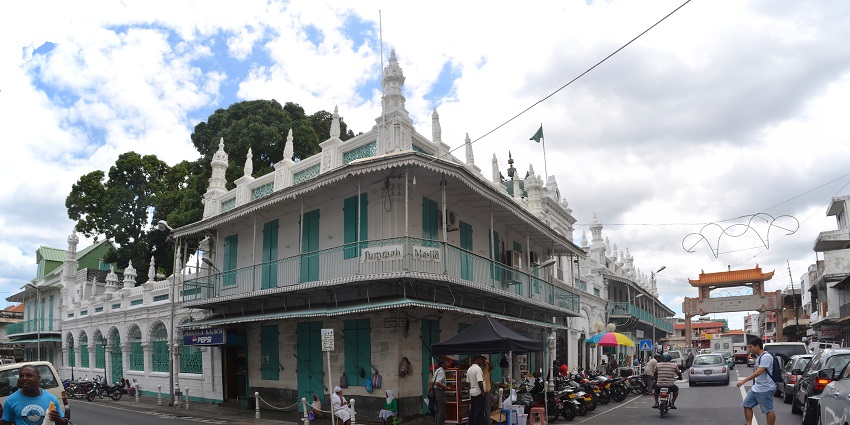
Photo: Karsten Ratzke / Wikimedia Commons
The Jummah Mosque, located centrally in Port Louis, is one of the most prominent Islamic monuments found in Mauritius. Constructed during the 1850s by Muslim traders from India’s Kutch region, it is a blend of Indian, Moorish, and Creole architecture. The mosque has long elegant arcades, graceful carved wooden doors, and an inviting courtyard shaded by a centuries-old Indian almond tree, which existed before the mosque was built. It was expanded considerably in the late 19th century in order to accommodate escalating numbers of Muslims. Inside, the mosque contains the marble tomb of Jamal Shah, a revered religious personage from Kutch.
Entry Fees: N/A
Timings: 9 AM – 4 PM (Closed during prayer times)
Suggested Read: Mosques In Mauritius
10. The Old Grand Port Ruins (The Frederik Hendrik Museum)
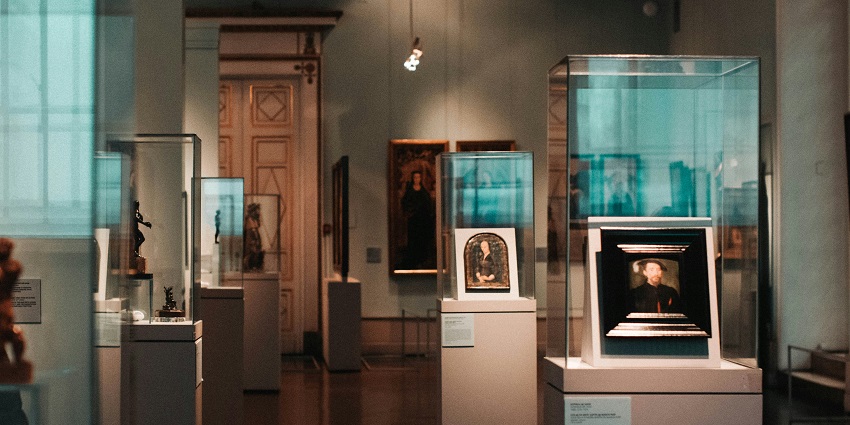
Photo: Artur Matosyan / Unsplash / Image For Representation Only
The Old Grand Port Ruins lie in Vieux Grand Port, along the southeastern coast of Mauritius, where the island’s first European settlement took place. Founded by the Dutch in 1638, the site contained Fort Frederik Hendrik, after the Prince of Orange. The fort was constructed of timber and stone, although it suffered repeated damage from cyclones and assaults. Following the Dutch’s leaving of the island in 1710, the French occupied it and reconstructed the grounds. Today, remnants of colonial buildings such as the bakery, prison, and guardrooms can be seen.
Timings: 9 AM – 5 PM
11. Notre Dame Auxiliatrice (Cap Malheureux)
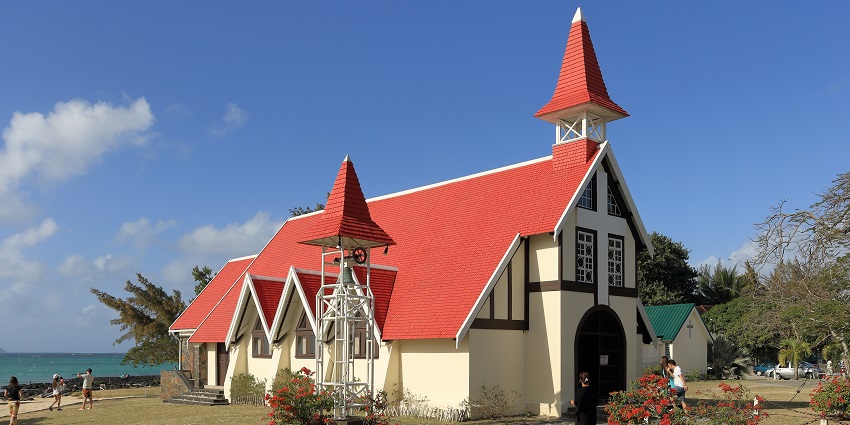
Photo: Martin Falbisoner / Wikimedia Commons
Nyankhongo Chapel, south of the village of Cap Malheureux, the northern tip of Mauritius, is one of the island’s most photographed and cherished structures. Built in 1938, it is a small Roman Catholic chapel featuring a striking red roof, providing an eye-catching likeness to the white building and the sea’s blue backdrop. The chapel’s architectural design is simple yet elegant, combining European and Creole influences. The architecture of the church depicts a humble yet tasteful style, combining European and Creole styles. The location has historical importance, too, since it was at Cap Malheureux that the British set foot in 1810 before they captured the island.
Timings: 8 AM – 6 PM
Suggested Read: Valentine’s Day In Mauritius
To the country of Mauritius, these monuments are more than concrete and steel and gender; they offer living legacies of an island’s colonial past, multiculturalism and national pride. The monuments in Mauritius include religious shrines, war memorials and commemoratives to political and cultural figures, and they all tell a story. Plan a trip with TripXL and learn about the monumental side of paradise.
Cover Photo: MarcJP46 / Wikimedia Commons


 WhatsApp
WhatsApp
 Twitter
Twitter









